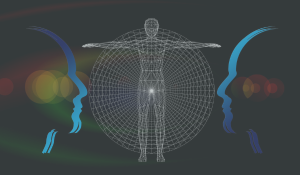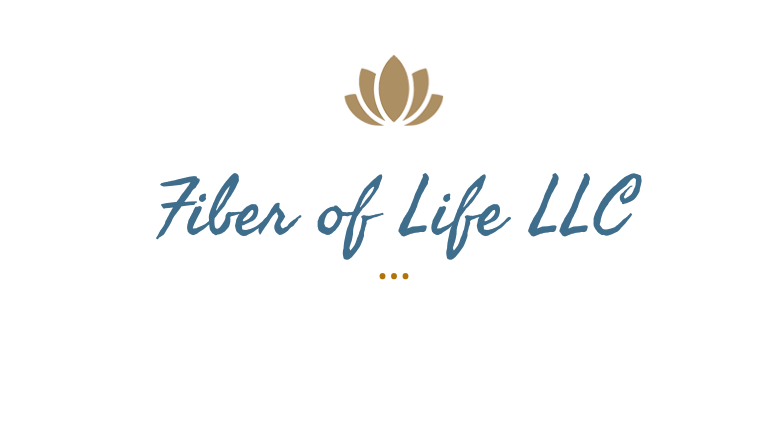
Body Awareness
In my classes, I typically begin with the most difficult thing to teach, relaxation. Once the group begins to get a sense of how it feels to move in a relaxed way, the next natural step is to introduce the concept of body awareness.
A Key To Wellness
Our modern lifestyle offers many distractions that draw our attention away from what is happening within us. Wellness demands a more balanced perspective that uses internal cues to navigate our experiences. Restorative movement techniques are designed with slow, gentle, and purposeful movement to retrain the nervous system to amplify internal messages from our body and draw our attention to those messages.
Body awareness refers to the ability to perceive and understand our own physical sensations, movements, and posture. It involves being conscious of our body in space and time and being able to identify and control one’s movements. Understanding how our body feels, such as noticing tension or relaxation in different parts of the body is critical. It helps to optimize physical movement, balance and coordination, and overall physical and emotional well-being.
Pain
Research suggests that body awareness can play a role in the experience of pain. Studies have shown that people who have a higher degree of body awareness are better able to tolerate pain and have a greater ability to control their pain experience.
For example, mindfulness-based stress reduction (MBSR) is an effective pain management strategy that emphasizes body awareness. This method teaches individuals to focus on their breath and bodily sensations, which can help them to better understand and manage their pain.
Additionally, some studies have found that people who have chronic pain conditions, such as fibromyalgia or chronic lower back pain, often have less body awareness and less ability to recognize and describe the location, quality and intensity of their pain. Improving body awareness may help these individuals to better understand and manage their pain.
Stress
Body awareness can help manage stress in several ways.
First, by paying attention to bodily sensations, individuals can become more aware of the physical symptoms of stress, such as muscle tension, increased heart rate, and shallow breathing. This awareness can help individuals to recognize when they are becoming stressed and take steps to manage it before it becomes overwhelming.
Second, techniques such as mindfulness and meditation that promote body awareness can help individuals to learn to focus on the present moment, rather than dwelling on past or future events. This can reduce anxiety and stress by helping individuals to better manage the constant stream of thoughts and worries that can contribute to stress.
Third, body awareness can also help individuals to recognize and release physical tension that can accumulate in the body as a result of stress. For example, by becoming more aware of muscle tension in the shoulders, individuals can learn to relax these muscles and release the tension.
Finally, yoga and other forms of physical exercise that focus on body awareness can also be helpful in managing stress. The combination of physical movement and focus on the breath can help individuals to feel more grounded and centered, which can reduce stress and anxiety.
Balance
Body awareness can help with balance issues. Body awareness is an important aspect of balance and coordination, as it involves being aware of one’s body in space and time, and being able to control one’s movements.
For example, yoga and tai chi both involve a combination of physical movements, breathing exercises, and mindfulness, which can help to improve body awareness and balance. These practices can help to improve the strength and flexibility of the muscles used for balance, and help individuals to become more aware of their body position, and movements.
Additionally, body awareness can also help individuals to recognize and address the underlying causes of balance problems. For instance, if an individual notices that they are feeling unbalanced when they are tired or stressed, they can take steps to address these underlying issues and improve their overall balance.
Cultivating Body Awareness
Body awareness can be cultivated through practices such as yoga, meditation, tai chi, and qigong, as well as through exercises such as mindful movement and body scanning.
Mindful movement exercises involve paying attention to the sensation of movement in the body, while body scanning involves lying down and focusing on each part of the body in turn, noting any sensations or discomfort. Practicing these techniques regularly can help to improve body awareness and reduce stress and tension in the body.
Other mindful practices such as deep breathing and progressive muscle relaxation can also be beneficial in developing body awareness.
Final Thoughts
By practicing mindful movement, body scanning, and deep breathing exercises regularly, we can become more aware of our bodies in space and time, which can help us to better manage pain, stress, and balance issues. Additionally, these techniques can help us to retrain our nervous systems to amplify our internal messages and draw our attention to them. Finally, mindfulness-based stress reduction (MBSR) can be an effective pain management strategy that emphasizes body awareness. With regular practice, we can learn to recognize and understand our physical sensations, movements, and posture, and optimize our physical and emotional well-being.
Join us at RESTORE, and together, armed with self-awareness, our team can help you begin to plan your journey. Our team is committed to your well-being.
Pam

As the chill of winter settles in, do you find yourself pushing harder, ignoring your body’s signals to slow down?

Let’s talk dreams – those visions you shelved while you were climbing career ladders or pushing boundaries in male-dominated industries

Picture yourself holding a brush, poised to redefine the very essence of your life’s next great work: retirement.


3 Responses